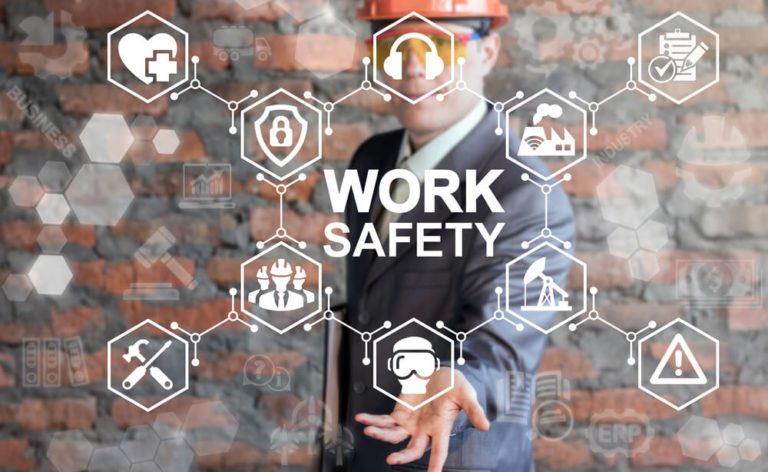In every industry, the health and safety of workers is of utmost importance. Employers must ensure that their employees are working in safe and healthy environments to prevent accidents and injuries. Many countries have regulations and standards in place to protect workers from hazards. In this article, we will discuss the health and safety regulations and standards in various industries.
Construction Industry
The construction industry is known for its hazards and high-risk nature. Workers in this industry are exposed to a range of dangers, including falls from heights, electrical hazards, and accidents involving heavy machinery. To mitigate these risks, there are various regulations and standards in place.
The Occupational Safety and Health Administration (OSHA) is the primary regulatory body in the United States responsible for setting and enforcing health and safety standards for the construction industry. The OSHA Construction Safety and Health standards cover various areas, including fall protection, scaffolding, electrical safety, and excavation and trenching.
In addition to OSHA regulations, construction companies must also follow the standards set by the National Institute for Occupational Safety and Health (NIOSH). These standards cover areas such as respiratory protection, hearing conservation, and ergonomics.
Manufacturing Industry
The manufacturing industry involves a wide range of activities, including the production of goods and the operation of machinery. Workers in this industry are exposed to various hazards, including chemical exposure, machine hazards, and ergonomic risks. To ensure the safety of workers, there are regulations and standards in place.
The OSHA has regulations specifically for the manufacturing industry, including the General Industry Standards. These standards cover areas such as electrical safety, machine guarding, and hazardous materials handling.
Manufacturing companies must also comply with the standards set by the American National Standards Institute (ANSI). These standards cover areas such as product safety, machine safety, and material handling.
Healthcare Industry
The healthcare industry is responsible for providing care and treatment to patients. Workers in this industry face a range of hazards, including exposure to infectious diseases, ergonomic risks, and workplace violence. To ensure the safety of healthcare workers, there are various regulations and standards in place.
The OSHA has standards specifically for the healthcare industry, including the Bloodborne Pathogens Standard and the Personal Protective Equipment Standard. These standards cover areas such as exposure to infectious diseases and the use of personal protective equipment.
The Joint Commission, an organization that accredits healthcare organizations, has established various standards for patient safety and quality of care. These standards cover areas such as infection prevention, medication management, and emergency preparedness.
Agriculture Industry
The agriculture industry involves the production of crops and livestock. Workers in this industry face various hazards, including exposure to chemicals, machinery hazards, and ergonomic risks. To ensure the safety of agriculture workers, there are regulations and standards in place.
The OSHA has regulations specifically for the agriculture industry, including the Agricultural Operations Standard. This standard covers areas such as grain handling, livestock handling, and pesticide safety.
The National Institute for Occupational Safety and Health (NIOSH) has also established various standards for the agriculture industry. These standards cover areas such as tractor safety, pesticide safety, and heat stress.
Transportation Industry
The transportation industry involves the movement of goods and people by road, air, or water. Workers in this industry face various hazards, including vehicle accidents, exposure to hazardous materials, and ergonomic risks. To ensure the safety of transportation workers, there are regulations and standards in place.
The Federal Motor Carrier Safety Administration (FMCSA) has established various safety regulations for the transportation industry, including the Hours of Service regulations and the Commercial Driver’s License (CDL) requirements.
The International Air Transport Association (IATA) has established various safety standards for the aviation industry, including the Dangerous Goods Regulations and the Operational Safety Audit.
Conclusion
Health and safety regulations and standards are essential in every workplace to ensure the safety and wellbeing of employees. These regulations and standards are put in place to prevent accidents, injuries, and illnesses in the workplace. They also help employers to identify and manage potential hazards and risks, provide adequate training and equipment, and maintain a safe working environment.

